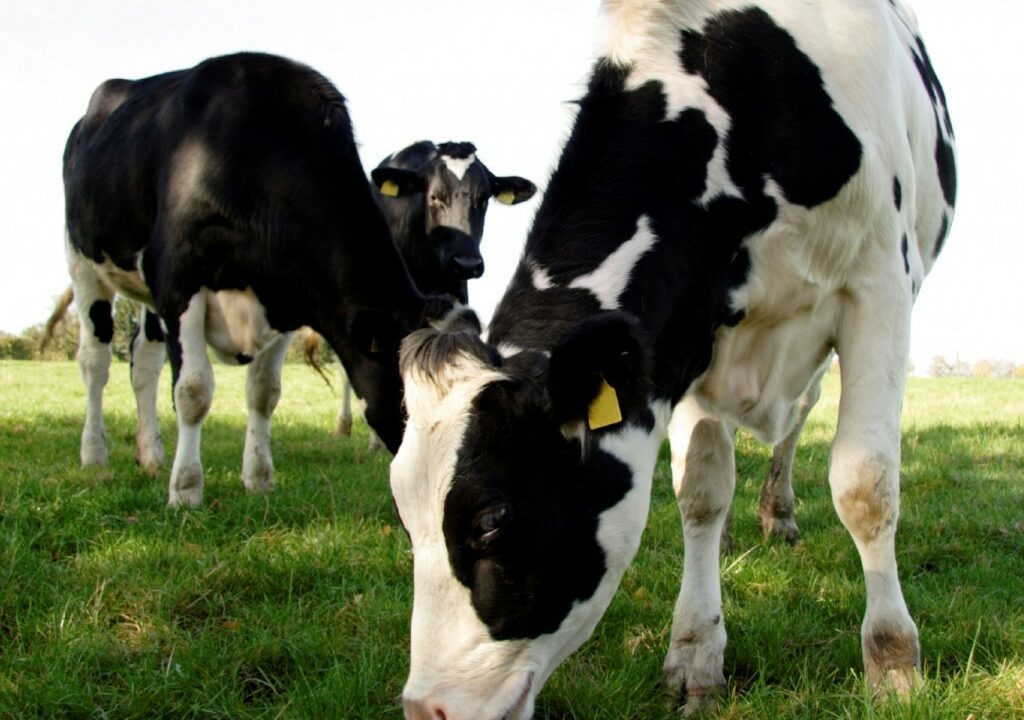The point was made to me recently that the use of sexed semen will not deliver real benefits under Irish dairy farming conditions.
This is because of the almost total focus here on spring-based, seasonal calving systems.
My response to that thinking is simply this – hold the front page and take a look at what’s happening in Northern Ireland right now.
Recent years have seen a more than significant cohort of dairy farmers in Northern Ireland focus on winter milk, based an almost zealot-like commitment to calving cows during the months of August, September and October.
This is the polar opposite approach to dairy farming, where the emphasis is placed on cows put out into green fields as early in the spring as possible. However, it is equally seasonal in terms of its nature.
Driving all of this is the winter milk bonus that is available from all the north’s dairy processers.
Dairy breeding – sexed semen
In tandem with this shift to autumn calving, there has developed a similar commitment to strategically use sexed semen on large numbers of these cows and heifers.
The results of this approach now confirm that the strategic use of sexed semen achieves a number of fundamental breeding aims.
These include the enhanced rate of genetic gain and the greater use of AI beef bulls. Why settle for a dairy-bred bull calf when a much higher value beef-bred animal can take its place?
In truth, black and white bull calves are becoming as rare now as hens’ teeth at the north’s livestock marts.
The use of sexed semen comes with the realisation that conception rates will be slightly lower than those achieved with standards straws.
However, when used on first calving heifers, young cows and those animals that came through their previous calving without incident, the results achieved will be extremely positive.
Invariably, the target of using sexed semen to produce all the replacement heifers needed within a dairy farming business will be easily achieved.
One strongly recommended management procedure to follow, however, is that of having cows scanned within 50 days of their previous calving.
This is an approach that helps to identify those animals that have potential fertility-related problems prior to insemination.
Even the smallest amounts of retained cleanings from the previous calving, for instance, will impact on subsequent conception rates.
Put simply, the use of sexed semen can greatly reduce the number of cows and heifers needed to secure a herd’s annual replacement target. After that it’s case of switching to beef.
It all seems like a win/win scenario to me.
